Robust People Practices
Nurturing Diverse Talent
to Accelerate Progress
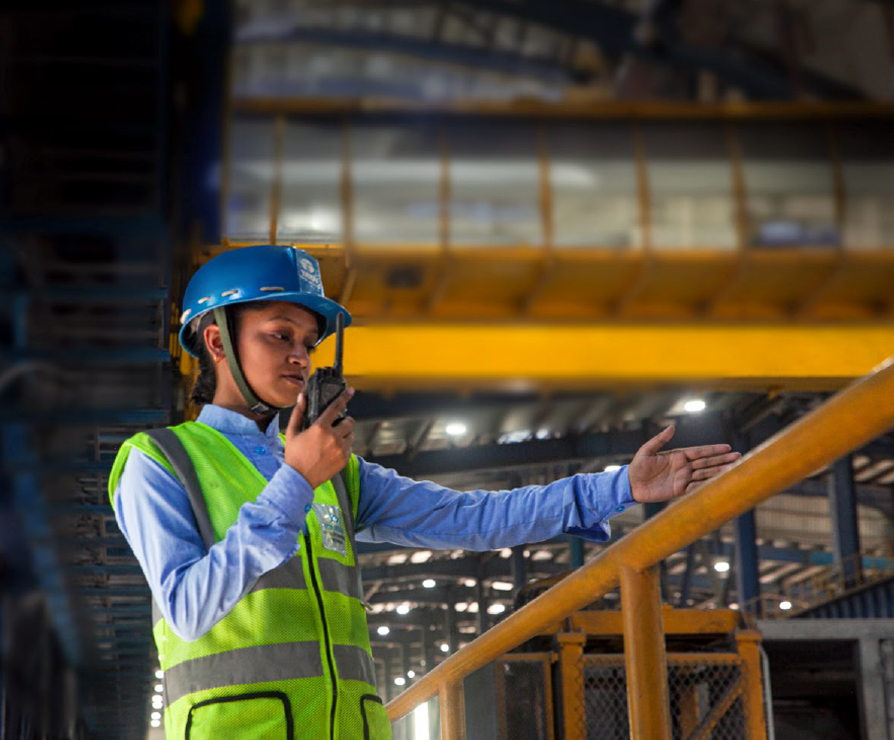
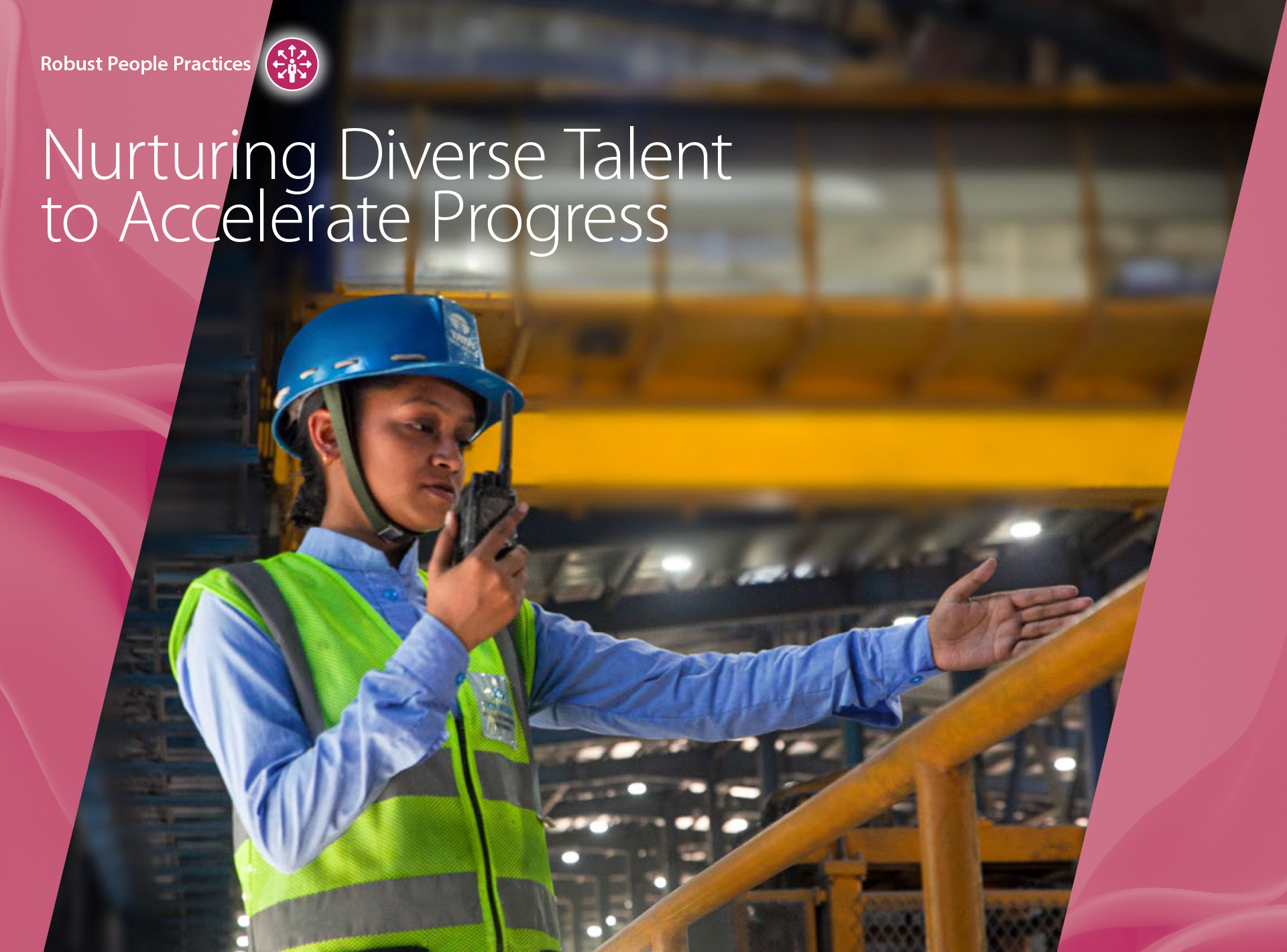
Priority Areas
- Talent Management and capability development
- Improve employee productivity
- Enhance workforce engagement and satisfaction
- Leverage digitalisation across HR processes to improve employee experience
Material Topics
SDGs Impacted
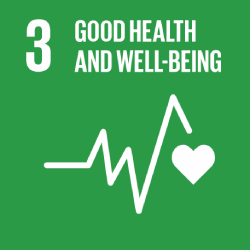
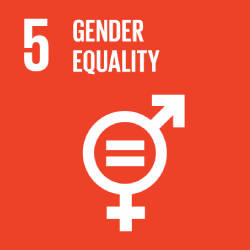
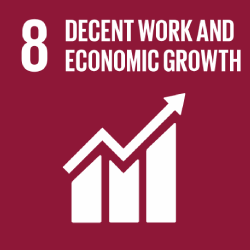

Capitals Impacted
Financial
Human
Intellectual
Our Human Resource Management (HRM) framework is designed to facilitate quality improvements, accelerate learning curve, prioritise customer focus and cultivate the desired organisational culture. We are committed to empowering our workforce, enabling them to consistently apply new learnings to enhance individual, team and overall organisational performance.
Talent Management
We strive to foster a positive and thriving organisational culture while remaining competitive and pursuing sustainable growth. Our HRM framework has two primary objectives:
- a) To be the employer of choice in the Pig Iron and Ductile Iron Pipe industry,
- b) To have a culture that maintains a happy, engaged, and socially sensitive workforce.
To ensure a dynamic fit between the capacity and capability of our workforce, we utilise structured Employee Category Wise Capability Assessment Methods. During the assessment process, we also evaluate cultural fit, and the new recruits undergo training on value-building programmes such as the Tata Code of Conduct (TCoC), Prevention of Sexual Harassment (POSH) and Tata Story.
We identify our workforce capability needs with a focus on employee segments, such as high potentials, critical position successors, reverse mentors, digital champions, and cadre recruits including demographic and diverse segments. We attract and retain talent through four key pillars: Organisational Engagement, Improving Productivity, Capability Development and Talent Management.
In FY 2022-23, we successfully onboarded new employees for our ongoing DIP expansion project. The efficiency of our talent acquisition process is measured by the percentage of new hires who are being confirmed after completing their probation period, which was over 95%. We have also implemented Competency-based interviews with AI-based assessments for all cadre and lateral recruits. Moreover, we have upgraded our HRMS platform to digitise all HR processes and make data-driven decisions with the help of HR Analytics. Our Talent Review Forum (TRF) discussions include inputs on talent development, mobility and 360° Feedback for leadership positions.
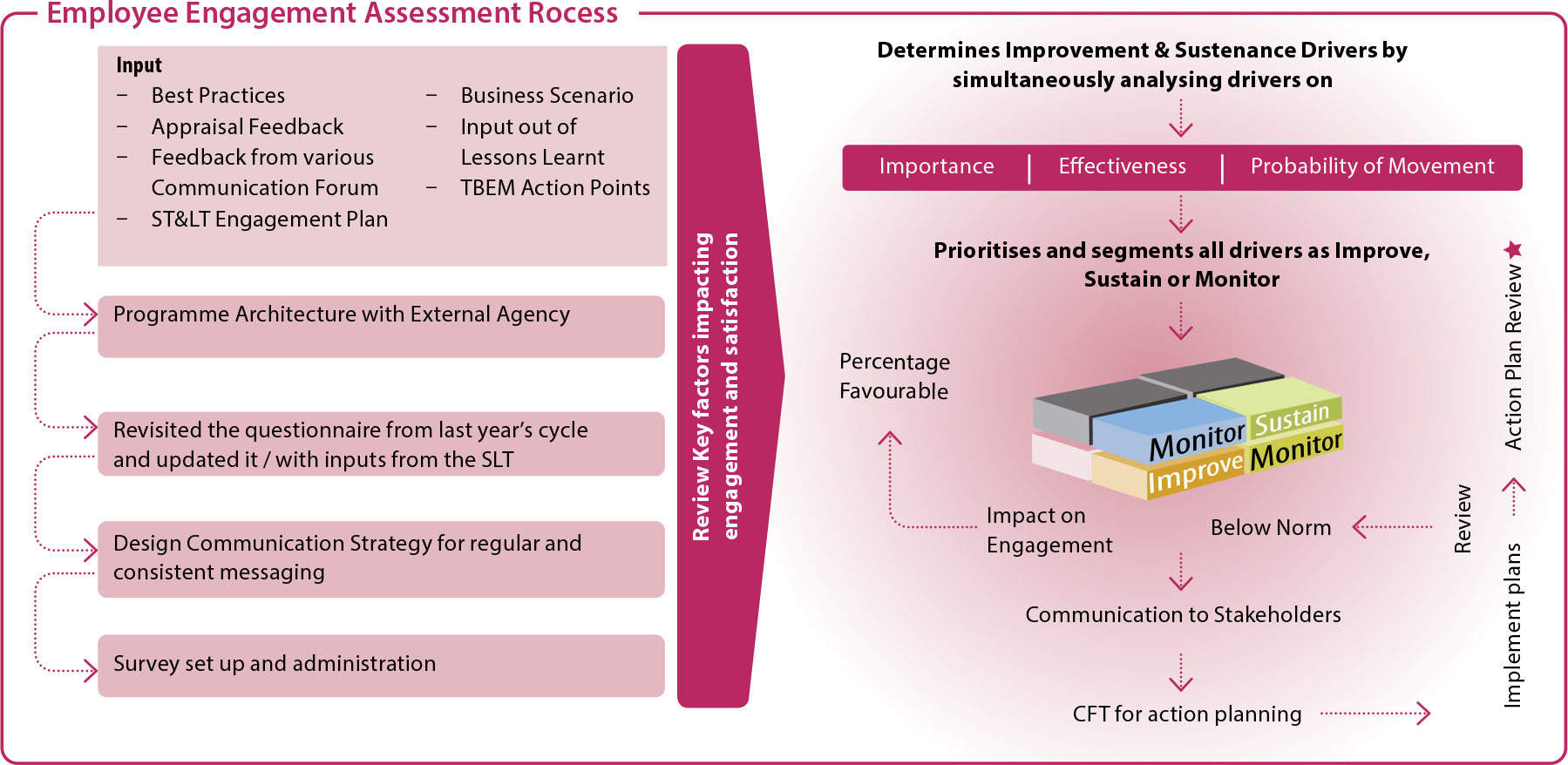

Organisational Engagement
We remain committed to fostering a value-based organisational culture that promotes continuous learning and development. Our core values include ethical conduct, customer orientation, collaboration, teamwork, learning and experimentation, and agile decision-making, all of which contribute to enabling a high-performance culture in the organisation.
As part of our digital transformation efforts, we have implemented various digital channels and platforms to drive employee engagement and build capabilities. Initiatives such as Digi Talk sessions, Digital Khabar communication, Digi Samachar and Digital Kaizen have been introduced to facilitate communication and knowledge sharing.
By nurturing a culture that values collaboration, innovation and inclusion, we aim to create an engaged and agile workforce at TML. Frontline managers play a crucial role in encouraging and supporting employees to work in teams and actively participate in improvement activities. We also recognise the importance of workforce diversity and actively hire talent from different geographies, cultures, industries, gender and social background. To assimilate this diversity into our organisational culture and foster a sense of unity as “One TML”, we promote participation in Cross-Functional Teams (CFTs), improvement projects, knowledge-sharing initiatives, job rotation, cultural meets, sports events and more.
Key Initiatives of FY 2022-23
- Organised ‘Udaan’ - the Innovation Carnival, which included Best Practices Sharing Exhibition, Panel Discussion on contemporary business topics, Business Quiz and Reward & Recognition ceremony.
- Conducted diversity, equity and inclusion sensitisation sessions and hired and assimilated Transgenders (TG) in the organisation.
- Launched the Leadership Development Series to foster the development of a strong leadership pipeline.
- Institutionalised competency and skillbased written assessments to ensure the selection of the right candidates.
- Organised career counselling sessions for the wards of Contractors in the workforce.
- Implemented development and nurturing programmes specifically designed for AA employees.
- Conducted ‘Coffee with HODs’ sessions for workers as an improvement initiative to enhance the employee experience throughout the year.
- Transitioned from capturing employee satisfaction to conducting an employee engagement survey (Gallup Q12) for workers, integrating it with officers and supervisors.
An established Performance Management System (PMS) architecture for Officers and Supervisors, ensures alignment between individual goals and the organisation’s objectives. To foster greater accountability, employees are actively involved in shaping policies and guidelines that address their well-being, motivation, job satisfaction and involvement in decision-making. This inclusive approach facilitates innovation and intelligent risk-taking, which ultimately contributes to improved business performance. Senior leaders empower employees to take calculated risks that are proportionate to their job responsibilities and the scope of improvement projects. This approach has led to increased productivity, enhanced customer satisfaction and improved business profitability. Additionally, a 360-degree feedback process was also conducted for Senior Leadership to gather insights from various perspectives. Compensation revisions and performance bonuses are determined based on employees’ performance ratings, industry compensation benchmarks, business performance, the cost price index and the standard of living index.
Learning and Development (L&D)
Learning and Development (L&D) continues to play a crucial role in various HR processes, spanning from recruitment and onboarding to performance Management, promotion and succession planning. Our L&D initiatives encompass the entire workforce, focusing on skill and competency development in areas such as customer focus, innovation, health and Safety, environment, business ethics and other pertinent areas. In addition to addressing immediate capability needs, we prioritise the enhancement of technical and behavioural competencies, as well as the development of specific employee segments as per our target objectives.
We assess the effectiveness and efficiency of our L&D system through various measures. Key Performance Indicators (KPIs) are regularly reviewed as part of the Annual Business Plan (ABP) process. We continue to utilise the Kirkpatrick Model to evaluate training effectiveness, and based on the findings, we redesign future training programmes accordingly.
The outcomes of our L&D efforts are indirectly linked to workforce engagement, with the status of development and career progression drivers assessed through the Employee Engagement Survey (EES). We analyse the impact on the overall score and draw correlations for action planning, whenever feasible. As a result, we have witnessed a positive improvement in the effectiveness of our training initiatives compared to the previous fiscal year.
Through our Self-Directed Learning Policy, employees are encouraged to pursue long-term and short-term courses for their personal development. Till date, several Officers, Supervisors and Workers have availed this Policy and many more have expressed their interest to pursue their journey of self-development.

Training effectiveness
(On a Scale of 5)
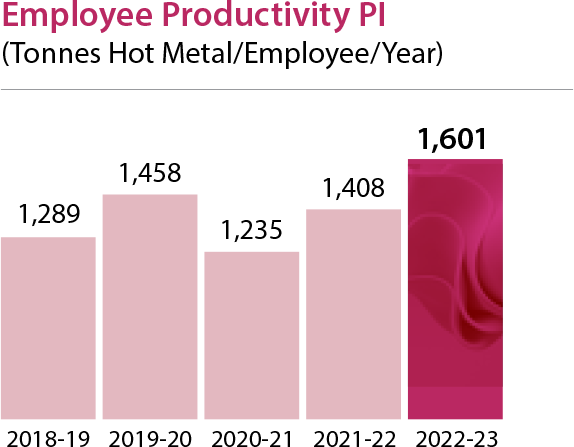


Training session for Kharagpur plant teams with external faculty
Aarambh
We went ahead this year to create an exciting onboarding process “Aarambh” for our young joinees. During the probation period, we created a learning journey for employees by assigning various learning modules through the Learning Management System Platform. This includes both self-paced training and instructor-led training. This initiative has played a crucial role in increasing business acumen and ensuring the assimilation of new employees into our culture.
To strengthen our digital and behavioural capabilities, we have launched a range of e-learning courses that aim to enhance digital and behavioural skills. We have collaborated with external experts to design and implement initiatives on building digital culture and capability development for aligning ourselves with the requirements of Industry 4.0. Our investment in L&D has nearly doubled compared to the previous fiscal year.
Investment in Employee Training and Development
Leadership and Employee Career Development Process (LDP)
Our Performance Management System (PMS) serves as the foundation for career progression among officers. Our promotion policy considers performance ratings from current and previous years, as well as the potential of individuals to assume higher responsibilities. Horizontal career progression is facilitated through job rotations and various modes of learning and development, such as external exposures, coaching and mentoring from immediate managers, on-the-job training and positional training.
To bridge skill gaps and meet the career aspirations of our employees, we prioritise the development of a strong internal talent pipeline. Our capacity and competency assessment framework and People Development Architecture guide our succession planning efforts. For each critical position, we identify successors who are deemed either “ready-now” or “ready-later” within 2-3 years or 5-7 years, and we establish relevant readiness and training plans accordingly. Successors are chosen based on their abilities, attitude and aspirations. Our target is to achieve a 100% succession ratio for positions classified as “ready-now.” The identification of leadership potential is also a part of our talent review process.

Way Forward
We are committed to raising the bar on performance by fostering collaboration, reinforce engaging workplace behaviour with empathy and care while creating a culture of excellence. By leveraging efficient technologies and intelligent human interfaces, we aim to achieve significant improvements in workforce Safety and productivity.